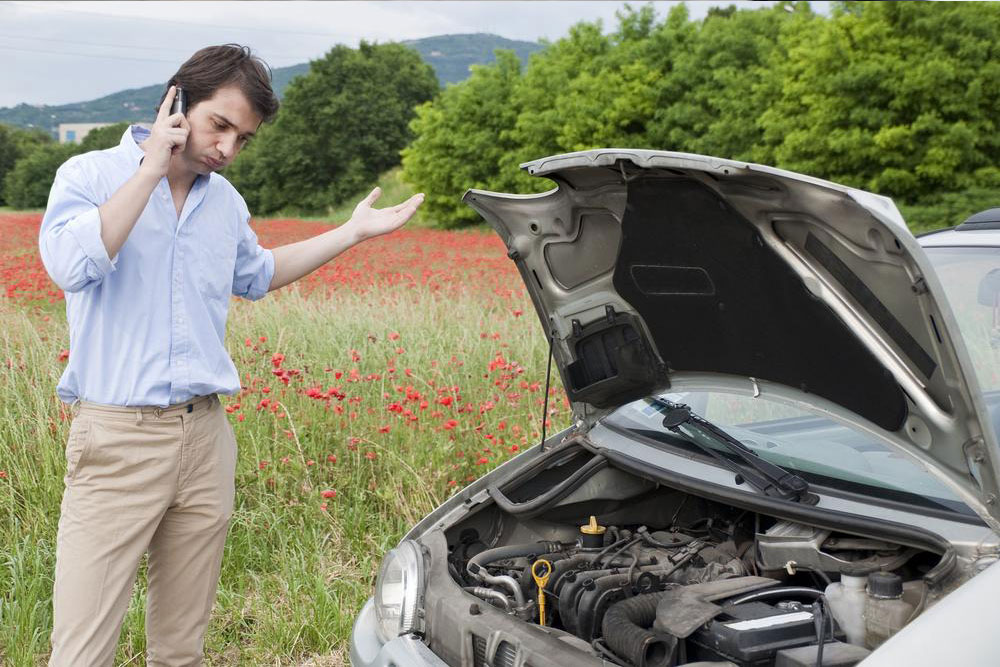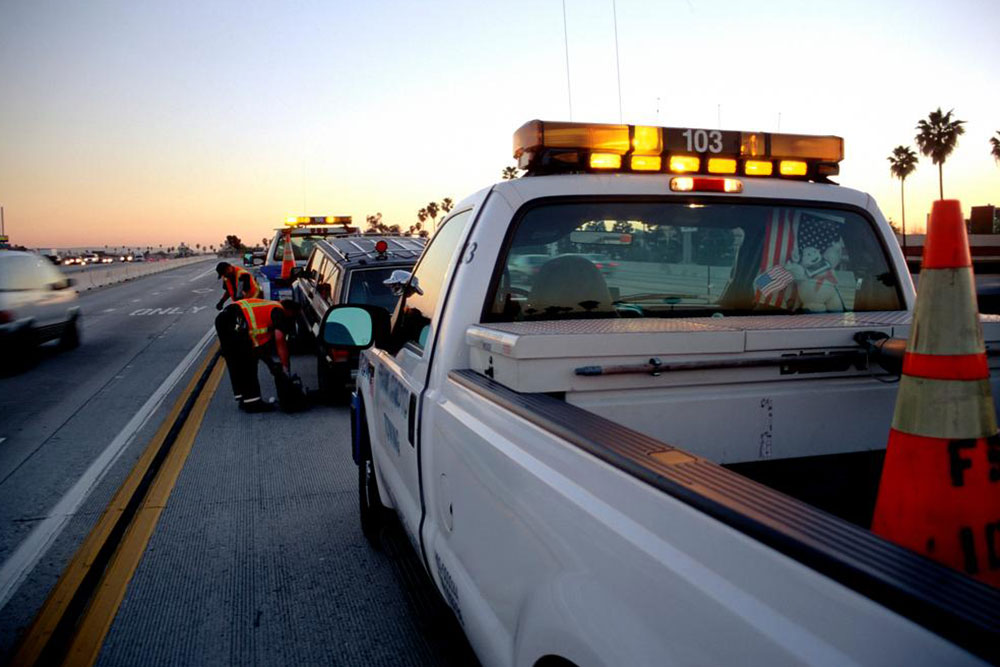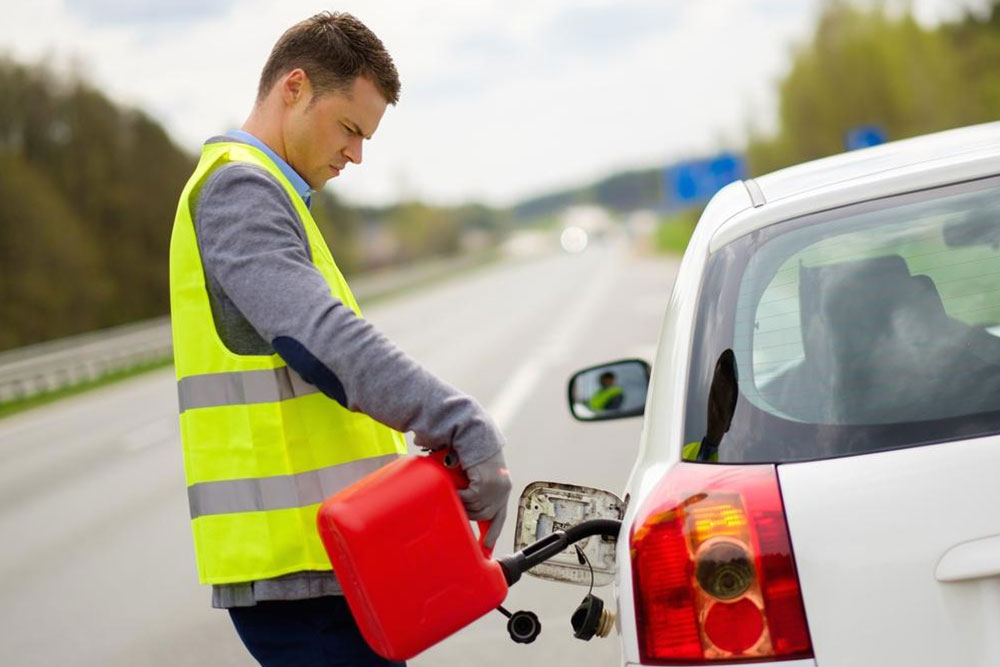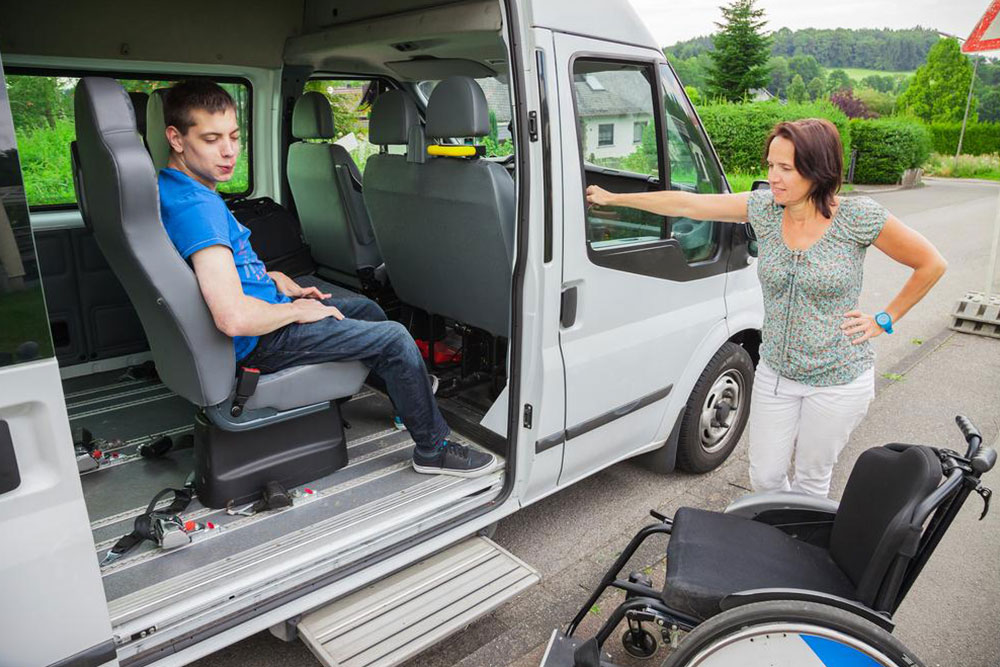Understanding What Is Not Covered by Roadside Assistance Policies
This comprehensive guide explains what roadside assistance policies typically exclude, helping drivers understand their coverage limits. It details common services included and highlights scenarios and tasks not covered, such as towing at marinas, installing snow chains, or extensive repairs. Emphasizing the importance of reading policy terms, the article offers tips to maximize roadside support and avoid unexpected costs during emergencies. Whether planning for winter trips or remote travel, knowing these exclusions ensures drivers stay prepared and informed, providing peace of mind on the road.
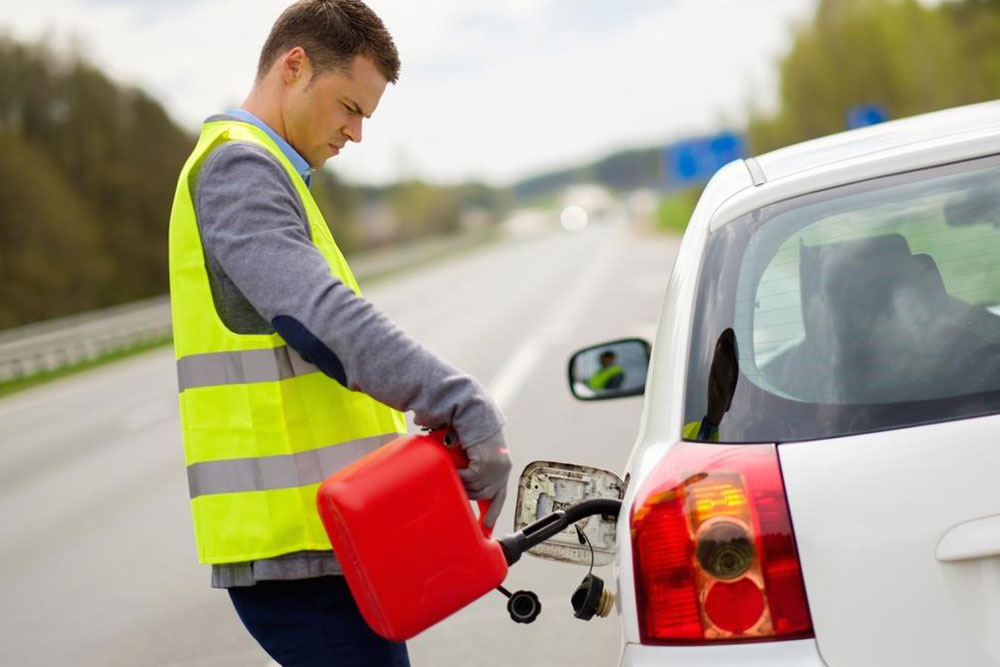
Understanding What Is Not Covered by Roadside Assistance Policies
Facing a vehicle breakdown while on a long road trip can be a highly stressful experience. When you're traveling with family or on a busy schedule, unexpected car troubles can throw off your plans and create anxiety. Fortunately, roadside assistance services included in your automobile insurance policy can provide critical support during such emergencies. These services are designed to give drivers peace of mind by offering prompt help with common automotive problems, ensuring safety and minimizing delays on the road. However, it’s essential to understand precisely what these policies cover and, just as importantly, what they exclude to avoid surprises when you need help the most.
Choosing a comprehensive roadside assistance plan tailored to your vehicle and travel habits can significantly enhance your travel experience. Many drivers opt for policies that offer 24/7 support, available every day of the year, ensuring help is never far away in emergencies. These plans typically cover a wide range of issues such as mechanical failures, electrical faults, and roadside inconveniences. Yet, understanding the limitations of these policies is crucial because not everything related to vehicle recovery falls under coverage.
Common roadside assistance services include :
Fuel delivery when you run out of gas
Towing services to the nearest repair shop
Battery jump-starts for dead batteries
Lockout assistance if you're locked out of your vehicle
Minor mechanical repairs on-site to get your vehicle moving again
While these services are invaluable, there are specific scenarios and tasks that are typically not covered by standard roadside assistance policies. For instance, services such as towing at private docks, marinas, or remote locations often fall outside the scope. Installing or removing snow chains, which might be essential in winter conditions, may not be included. Jump-starting a dead battery, especially if it requires additional repairs or parts, might not be covered under certain plans. Understanding your policy's detailed terms is essential to know precisely what assistance you can expect during an emergency.
It is also important to recognize that some logistical challenges limit coverage. For example, roadside assistance providers may not operate in certain geographic locations, or there may be restrictions on the vehicle types covered. Policies may exclude coverage for vehicles used for commercial purposes, or specialized vehicles like RVs, trailers, or motorcycles, unless specified. Reading the policy carefully ensures you are aware of these limitations, helping you avoid unexpected expenses or service denials when you are in a bind.
In addition, services such as installing or removing snow chains or tire chains are usually considered personal tasks that the roadside service does not cover. Likewise, assistance with towing through narrow or difficult terrains, such as mountainous or heavily wooded areas, may also be excluded or limited, depending on the provider. These restrictions emphasize the importance of understanding the precise scope of your roadside assistance, especially if you frequently travel through challenging terrains.
Another common exclusion involves non-emergency vehicle repairs that require parts, additional labor, or expert mechanics beyond basic roadside fixes. If your vehicle has a complex mechanical issue or requires extensive repairs, roadside assistance may only be able to transport it to a repair facility but will not handle extensive repairs onsite. It's wise to check whether your policy includes roadside repairs, towing limits, and any associated costs beyond the basic coverage.
Finally, it’s noteworthy that certain services might be limited by the provider's operational protocols. For example, jump-starting a vehicle may be covered, but if the battery cannot hold a charge or needs replacement, that expense is typically not included. Similarly, if your vehicle is submerged in water or stuck in mud or snow, some providers may limit the assistance or demand additional fees for extracting your vehicle from challenging conditions.
To maximize your benefit, always review your roadside assistance policy carefully before purchasing or renewing. Understanding the exclusions allows you to supplement your coverage with additional plans or prepare for situations that are not covered, such as carrying emergency supplies or roadside tools. Moreover, clarify with your provider about specific scenarios relevant to your travel habits, geographic regions, and vehicle type. Ultimately, being well-informed about your coverage ensures that when emergencies strike, you can access the help you need without unwelcome surprises or additional expenses.
